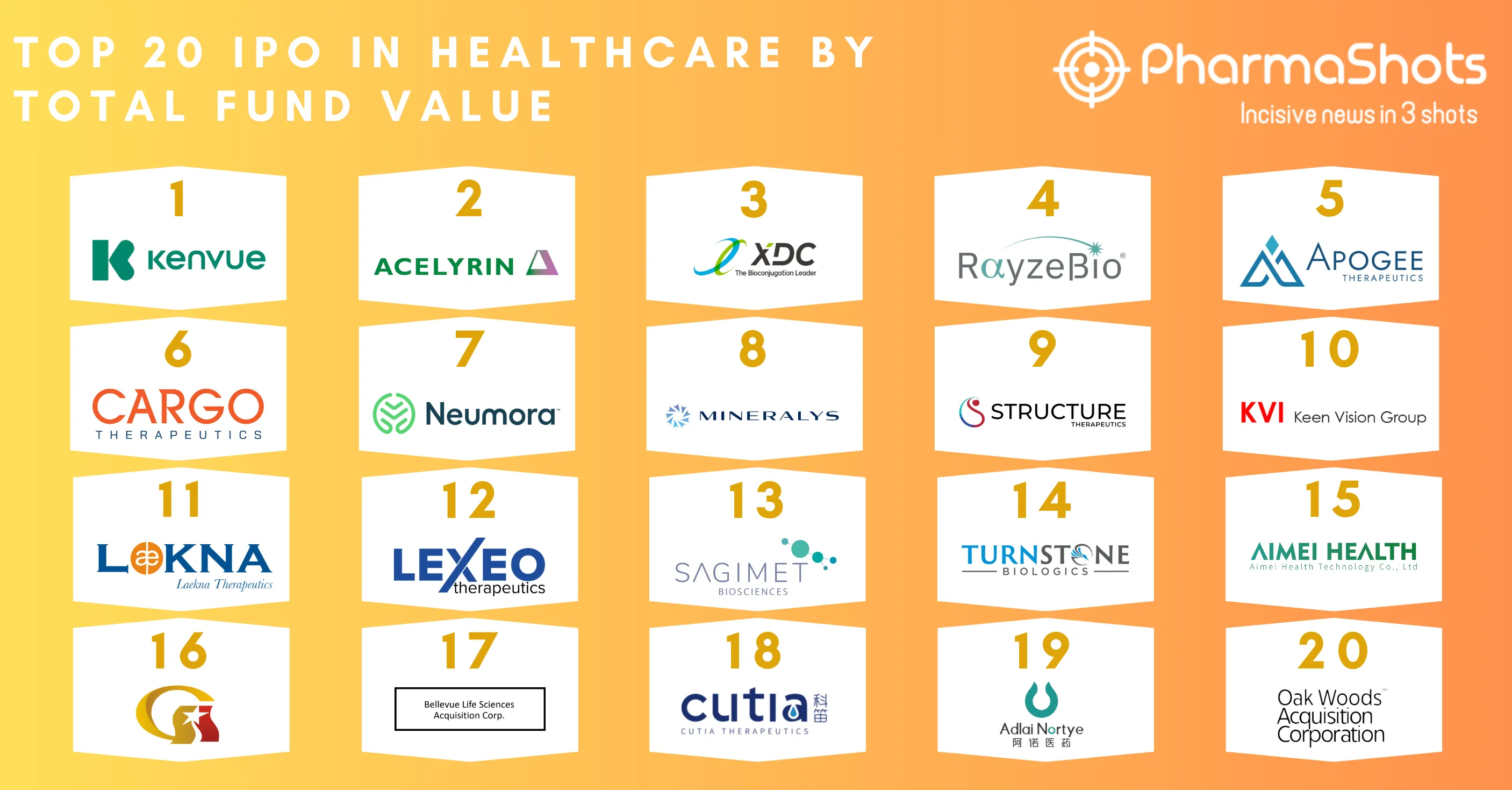
Reflecting on How the Ripple Effects From COVID-19 Has Impacted the Cost of Living
In early 2020, the world grappled with an unprecedented crisis as the COVID-19 pandemic unfolded. The outbreak didn't just cause damage to public health but also triggered a global economic shockwave. And we can all agree that we're still feeling the effects of this on our wallets.
This is why entrants to the investing world may be wondering is it safer to invest in large companies or would smaller companies do just fine. Insights from Utility Bidder on significant investments by big brands show us a vivid picture of this trend.
In a way, COVID-19 didn't only spread among humans but also within our global economy. Like someone who has fallen ill with Covid-19, the economy also suffers.
Initially, we're vibrant and thriving, similar to our bustling global markets. But once the illness kicked in, the economy was forced into a state of paralysis, mirroring how the virus impacts our bodies.
Economic shutdowns, crashing markets, and forever-growing unemployment rates that people experienced worldwide are further symptoms of this pandemic apart from the shortness of breath and bad coughs.
In this article, we will dive into the effects of the pandemic on our health and everyday life.
Economic Shockwaves and the Cost of Living
Due to the beating our economy took after the pandemic in 2020, the cost of living has risen drastically. Seeing how the prices in grocery stores have increased is stressful. Even the cost of utilities costs an arm and a leg.
This inflation was not merely a reflection of disruption caused within supply chains during the pandemic but also an indication of the changing dynamics of supply and demand.
As ordinary citizens, we pay the price for things we have little control over. As awful as this is, we need to focus on what we can control: how we adapt to the increased cost of living in our new post-Covid reality as best we can.
Strategies for Navigating Rising Costs
We can stop the costs from rising, but there are a few strategies we can implement to rise above these challenges. Here are a few methods that can help your household survive the cost of living crisis:
-
This might sound simple, but creating and sticking to a budget every month is vital. Cut back on unnecessary spending where you can.
-
We all love a sale, so look out for discounts or even buy in bulk where you can.
-
Another significant step that will benefit the environment and your pocket is to reduce utility bills by making your home more energy-efficient. A few easy ways to do so are through minor upgrades like LED lighting and smart thermostats. You can check out websites like Utility Bidder for more information and guidance on this topic.
-
Lastly, always have an emergency fund to cover unexpected expenses or job loss. Trust me, it's always better to be safe than sorry.
The Role of the Pharmaceutical Industry in Economic Stability
Economic stability and the health care system can often go hand in hand. Beyond the financial challenges brought on by COVID-19, it's also important to note the strides made in health care, particularly in treating the virus itself.
If we look at the milestones reached, the success of Shionogi's latest trial for Ensitrilvir certainly stands out. Ensitrilvir is designed to alleviate common COVID-19 symptoms.
You must be wondering how our economy ties in with our health. We are laying the groundwork for economic recovery by lessening the strain on healthcare systems and boosting workforce productivity.
The developments in treatments like Shionogi's Ensitreffit are crucial steps in forging a more robust, healthier future post-pandemic, combining health advancements with economic resilience.
Navigating Investment Post-COVID
Post-pandemic, even the way we invest our money has changed dramatically. After such a stressful time filled with uncertainty and sanitiser, it makes sense that people now crave security and control, especially regarding our investments, which is perfectly understandable.
Investors now see the advantage of putting money into more prominent, established names for those looking to navigate the uncertain economic waters.
Let's explore a few of them to better understand the effects of COVID-19 on the way people choose to invest their money:
-
In 2020, we saw monumental deals, such as S&P Global's $44 billion acquisition of IHS Markit.
-
Nvidia purchased Arm Holdings for $40 billion.
-
And the $38.9 billion merger of Virgin Media and O2.
These transactions shine a spotlight on the shift during these challenging times.
While small businesses were folding and the lower and middle-class citizens faced rising expenses, some larger enterprises took this chance to grow and secure their market stance.
The Future of Investment and Living Costs
Post-pandemic platforms like Utility Bidder have become vital for major companies looking to sharpen their investment strategies for future security and growth.
Governments have now enhanced the focus on critical sectors such as healthcare and education. This has led to a surge in social bond issuances, with European sustainable funds hitting over $1 trillion in assets.
In the future, investments will serve dual purposes by making a profit and having a positive societal impact.
As we continue to move forward, adopting environmental, social, and governance, also known as ESG principles, in investment decisions is recognised as essential within communities. They are crucial for achieving long-term benefits alongside economic growth.
Final Thoughts:
In the crazy aftermath of COVID-19, our journey through the economic and healthcare crisis has felt a little out of our control, but every cloud has a silver lining. The silver lining is that this global crisis has encouraged innovation and resilience among entrepreneurs.
From the pharmaceutical breakthroughs to the shifts in investment strategies favouring the bigger industries, we've witnessed a remarkable adaptation.
The goal is to heal not only our bodies but also our economy. Together, we're moving towards a life where we don't just survive but thrive.
Related Post: 6 Widely Used Content Marketing Formats by Biopharma Companies
Reference: Columbia Thread Needle

Linda Carter is a marketing specialist and passionate blogger based in New York. She is in love with everything that is related to art. Her travel, lifestyle, career, and entertainment-related content has been featured on high-authority websites and online magazines. She received her BA in business from Hunter College, and since then she is trying to inspire as many people as possible with her writings.













